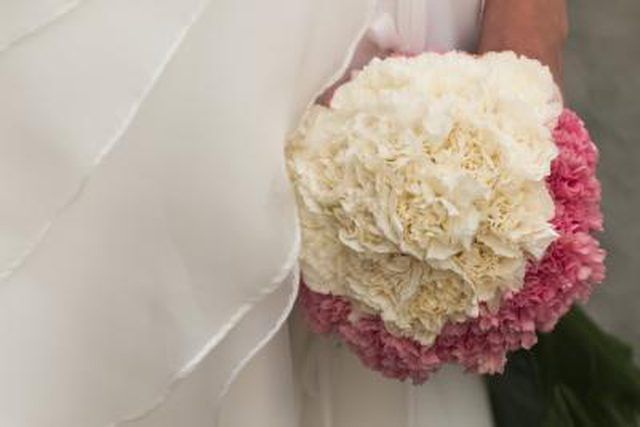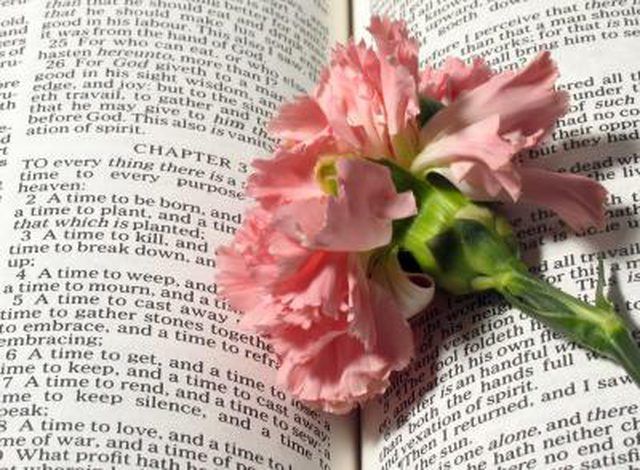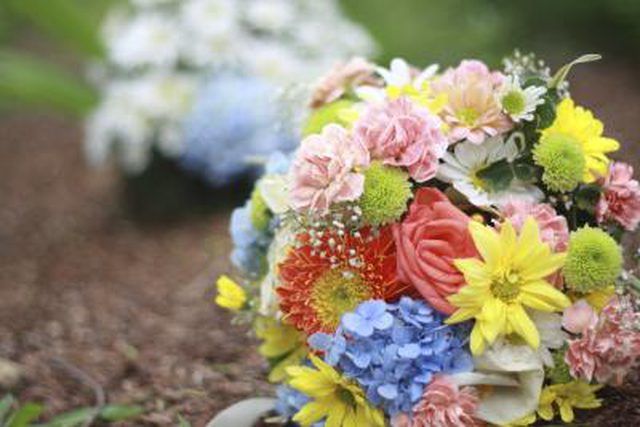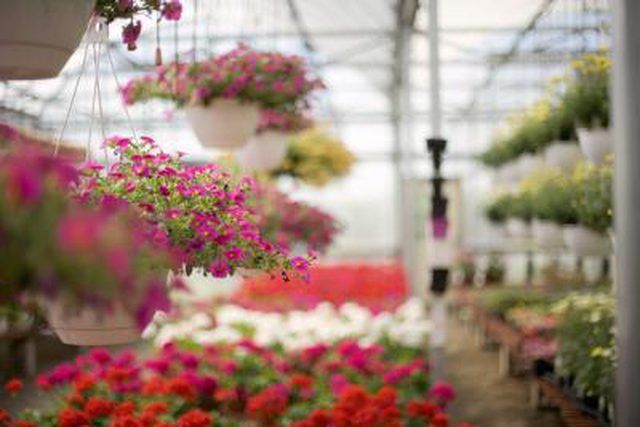Bulbs
Flower Basics
Flower Beds & Specialty Gardens
Flower Garden
Garden Furniture
Garden Gnomes
Garden Seeds
Garden Sheds
Garden Statues
Garden Tools & Supplies
Gardening Basics
Green & Organic
Groundcovers & Vines
Growing Annuals
Growing Basil
Growing Beans
Growing Berries
Growing Blueberries
Growing Cactus
Growing Corn
Growing Cotton
Growing Edibles
Growing Flowers
Growing Garlic
Growing Grapes
Growing Grass
Growing Herbs
Growing Jasmine
Growing Mint
Growing Mushrooms
Orchids
Growing Peanuts
Growing Perennials
Growing Plants
Growing Rosemary
Growing Roses
Growing Strawberries
Growing Sunflowers
Growing Thyme
Growing Tomatoes
Growing Tulips
Growing Vegetables
Herb Basics
Herb Garden
Indoor Growing
Landscaping Basics
Landscaping Patios
Landscaping Plants
Landscaping Shrubs
Landscaping Trees
Landscaping Walks & Pathways
Lawn Basics
Lawn Maintenance
Lawn Mowers
Lawn Ornaments
Lawn Planting
Lawn Tools
Outdoor Growing
Overall Landscape Planning
Pests, Weeds & Problems
Plant Basics
Rock Garden
Rose Garden
Shrubs
Soil
Specialty Gardens
Trees
Vegetable Garden
Yard Maintenance
What Do Pink Carnations Mean?
What Do Pink Carnations Mean?. Pink carnations are among the world's most popular flowers and are continuously stocked by florists around the world. All flowers are said to have meaning, but pink carnations are well-known and widely recognized as being fraught with symbolism. Before you give them or wear them, it's important to know what pink...
Pink carnations are among the world's most popular flowers and are continuously stocked by florists around the world. All flowers are said to have meaning, but pink carnations are well-known and widely recognized as being fraught with symbolism. Before you give them or wear them, it's important to know what pink carnations mean.

Carnations have been purposefully cultivated for thousands of years. Ancient Greeks used the flowers in ceremonial crowns, which is from where the name "carnation," similar to coronation, is derived.
Ancient Rome also used the blossoms in tributes to the deities. Every color of the carnation--from deep red to bright white--has its own meaning, though pink carnations have arguably appeared in more literary and historical references.
One legend held that carnations bloomed during and after the death of Jesus Christ, a prominent figure in Christian religions. Carnations have been used not just to convey meaning. The flowers also have been used to create healing potions, dyes and flavors for food and spirits.

Dianthus caryophyllus, more commonly known as carnations, are used frequently in floral arrangements, boutonnieres, corsages, bouquets and decor.
Three types of carnations are most commonly used by florists: large-flowered blossoms, which feature one bloom per flower; mini-carnations or "spray" carnations, upon which small flowers bloom in many bunches; and dwarf carnations, which are even smaller than the mini variety of the plant.

Carnation flowers bloom with five petals and vary in color, growing in multiple shades of red, pink, purple and white. The blossoms, at full maturity, reach 2 to 3 inches around. The flower petals have a slightly serrated or rough-edged appearance. Native to Eurasia, carnations are now cultivated around the world. The flower blossoms are hardy, and the plant is easy to grow, helping to make carnations a popular choice among florists and gardeners.

In the original European language of flowers, carnations in any color were given to women to symbolize good luck. Today, the flower is the national symbol of Slovenia to represent love to newborn babies. The carnation is also the state flower of Ohio, and is the birth flower for the month of January.
In modern times, the carnation has become a symbol for Mother's Day to represent unforgotten or unforgettable love. Pink carnations mean "I'll never forget you," which is why they have become popular as a Mother's Day gift or decoration.
